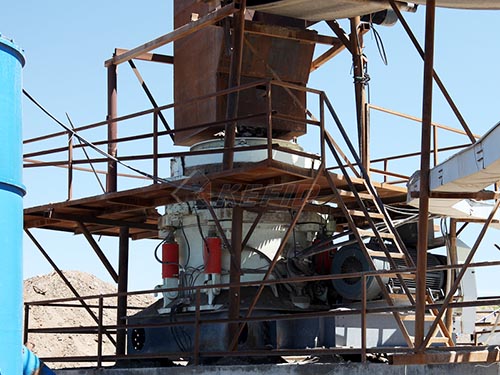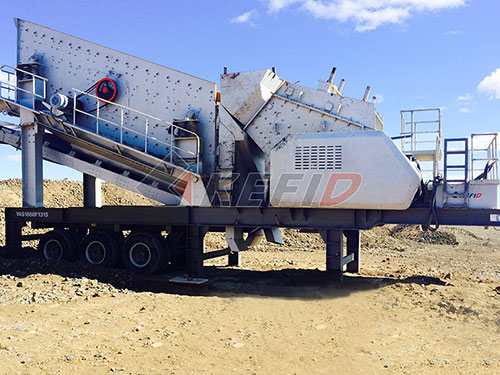Crusher Untuk Gamping
The Essential Workhorse: Understanding Limestone Crushers ("Crusher Untuk Gamping")
In the vast landscape of mineral processing and construction aggregates, few machines are as fundamental as the limestone crusher, known in Indonesian as "Crusher Untuk Gamping." Limestone, a sedimentary rock composed primarily of calcium carbonate (CaCO3), is one of the most abundant and versatile raw materials on Earth. Its journey from quarry face to finished product – whether cement clinker, agricultural lime, aggregate for concrete and asphalt, or flux in steelmaking – invariably involves a crucial step: size reduction. This is where the limestone crusher earns its indispensable status.

Why Crush Limestone?
Limestone rarely exists naturally in the exact size or shape required for its myriad end uses. Crushing serves several critical purposes:
1. Liberation: Breaking down large blocks into smaller fragments liberates valuable components or prepares the material for further processing (like grinding).
2. Size Specification: Producing uniformly sized particles essential for specific applications (e.g., aggregate gradation in concrete mixes).
3. Increased Surface Area: Creating more surface area is vital for chemical reactions, such as calcination in cement kilns or dissolution in soil conditioning.
4. Transport & Handling Efficiency: Smaller particles are significantly easier and cheaper to transport via conveyor belts, trucks, or loaders.
5. Homogenization: Crushing helps blend material from different parts of a quarry deposit.

The Heart of the Operation: Types of Limestone Crushers
"Crusher Untuk Gamping" encompasses various types of crushing equipment, each suited to different stages of size reduction and specific characteristics of the limestone feed (hardness, abrasiveness, moisture content, required product size). types include:
1. Primary Crushers (Coarse Reduction):
Jaw Crushers: The workhorses of primary crushing. They use compressive force between a fixed and a reciprocating jaw plate to break large rocks (often >1 meter) down to around 150-300 mm. Robust and reliable, ideal for hard, abrasive limestone.
Gyratory Crushers: Similar in principle to jaw crushers but capable of handling much higher capacities and larger feed sizes. Often used in large-scale mining operations.
2. Secondary Crushers (Intermediate Reduction):
Cone Crushers: Highly efficient for secondary crushing after jaw or gyratory crushers. They compress material between an


